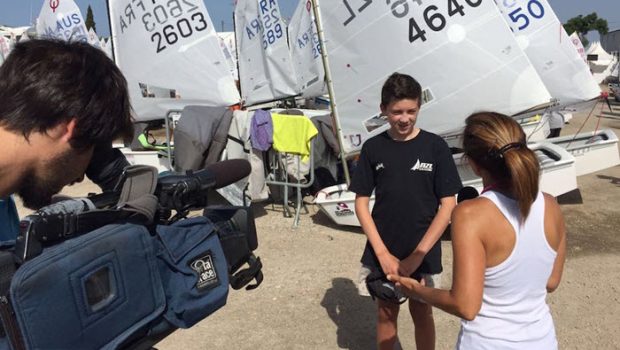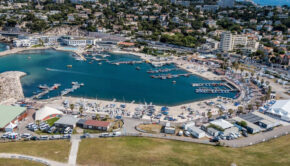How Norway won the Winter Olympics
Published on February 22nd, 2019
When it comes to the youth sailing experience, there are two sentiments for which there appears to be broad agreement:
• Talented young sailors need heightened training and competition to reach their skill potential.
• Casual and diverse sailing experiences, with less emphasis on competition, allows young people to embrace the lifestyle.
Loosely translated, you can’t get to the highest level unless you start right away and you can’t have a smooth transition into adult sailing if you do.
But after Norway dominated the 2018 Winter Olympics, the nation shared to the world how they were executing another approach. What made the Norwegian accomplishment so remarkable is how a country, with a population not much larger than Greater Detroit, could dominate the world.
In the latest youth sailing newsletter from US Sailing, recipients were reminded of a report by The Aspen Institute from a year ago that detailed this approach. Here are two excerpts:
• “People [in countries such as the US] are having a discussion about specialization at 6, 7 and 8, which is an absurd discussion in Norway,” said Johann Olav Koss, the Norwegian speed skater who won four gold medals at the 1992 and ’94 Olympics.
“It’s not like [Norwegian children] are not spending a lot of time in sport. They’re very physically active. They’re just practicing different things. They get a much broader base technically and physically than if they specialize early.”
This approach makes sense even for those who chase Olympic dreams, he said. “There’s a 10-year high intensity period [in elite development]. If you specialize from ages 7 to 17, you might not ever get that level. If you do it from 17 to 27, you peak at the right time.”
• Norwegian athletes obviously know how to compete, but sport leaders in the country are judicious about when and how they introduce game and race formats, to align with best practices in athletic and child development.
One key feature: Clubs do not record game scores until age 13, to focus Norway’s network of mostly volunteer coaches on the personal development of each child rather than team success propelled often by early-blooming children who have a size advantage.
Kids and adults keep scores in their heads, of course, but clubs are prohibited from publishing the results online or in the newspaper or using them to keep standings. In cross country skiing and other races, the time of the child may be posted but not their relative rank to other children.
To read the complete report… click here.









 We’ll keep your information safe.
We’ll keep your information safe.